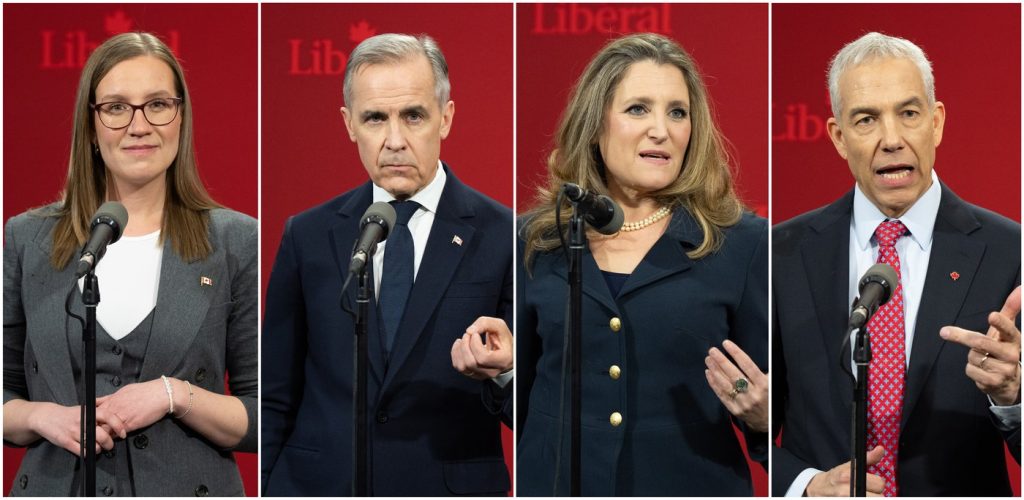OTTAWA – Mark Carney, if elected as the new leader of the Liberal Party in the upcoming leadership race, would not be the first prime minister in Canada to take office without having been previously elected to Parliament. The current situation mirrors historical instances, the most notable being the case of John Turner, the last prime minister to do so, over four decades ago.
On February 29, 1984, Pierre Trudeau, the then-prime minister and father of the current Prime Minister Justin Trudeau, announced his resignation. Subsequently, on June 16, 1984, John Turner, who did not hold a parliamentary seat at that time, won the Liberal leadership contest, defeating Jean Chrétien. Just two weeks later, on June 30, Turner was sworn in as prime minister, directly succeeding Trudeau.
Following his appointment, on July 9, Turner dissolved Parliament, triggering a general election scheduled for September 4, 1984. In this election, the Liberal Party faced a substantial defeat to Brian Mulroney's Progressive Conservatives, who secured about three-quarters of the seats in the House of Commons. According to Commons records, Turner did not serve as a Member of Parliament during his brief term as prime minister. Unlike Turner, Carney has no prior experience as a federal MP, as Turner had previously represented Vancouver Quadra in both the 1984 and 1988 elections while belonging to the Opposition.
Another prominent figure in Canadian history is Mackenzie King, the country’s longest-serving prime minister, who experienced the unique situation of losing his parliamentary seat twice during his tenure. After losing his seat in October 1925, he remained leader of the Liberal Party and managed to form a minority government with the support of the Progressive Party. He was subsequently elected in a byelection held in February 1926.
In June 1945, King lost his seat in Prince Albert, Saskatchewan. Nevertheless, he continued to serve as prime minister and formed a government, echoing his previous experiences in 1921, 1925, 1926, 1935, and 1940. Again, he successfully regained a seat by winning a byelection in Glengarry, Ontario, in August 1945.
The historical context of leaders stepping into high office without an election dates back to the inception of Canada itself. At Confederation on July 1, 1867, Sir John A. Macdonald became the first prime minister, appointed by the governor general prior to being elected to the House of Commons weeks later, on August 7.
Subsequently, Canada’s fourth prime minister, Sir John Abbott, was serving as a senator in June 1891 when he was called upon by the viceroy to form a government after Macdonald's death. In a similar instance, Sir Mackenzie Bowell, also a senator, took over from Sir John Thompson after Thompson passed away on December 21, 1894, at the request of the governor general.
Given the current political landscape, Prime Minister Justin Trudeau, who has shared his intention to resign since early January, confirmed recently that he will transition his responsibilities to his successor, potentially Mark Carney. While Carney could be elected as the new party leader, he would still not be elected by the general populace at that point.










